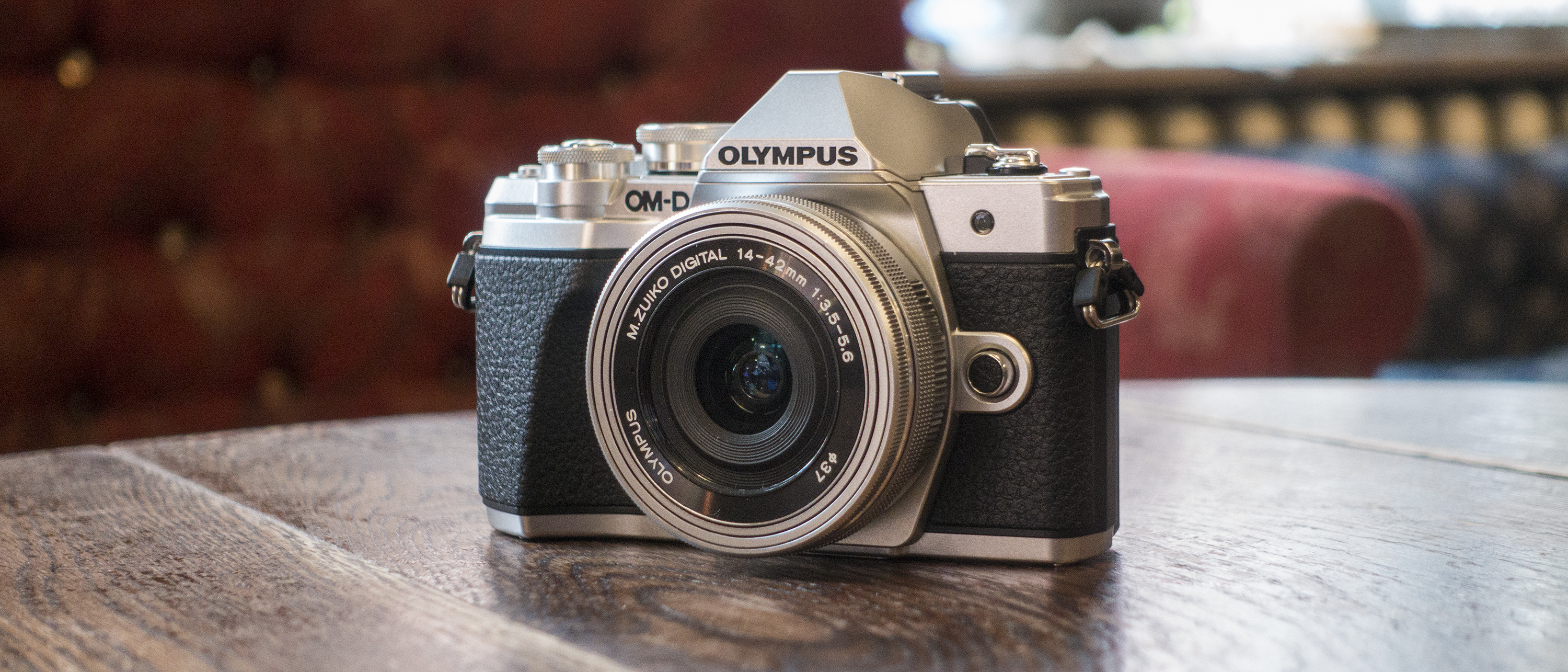TechRadar Verdict
The Olympus OM-D E-M10 Mark III might not be a massive leap forward over the Mark II, with much of the camera's specification remaining the same. However, Olympus has refined and tweaked one of our favorite mirrorless cameras to make it an even more tempting proposition for new users and enthusiasts alike.
Pros
- +
Premium finish
- +
Excellent EVF
- +
Compact proportions
- +
Effective IS system
Cons
- -
16MP starting to look a little dated
- -
Minor update to the Mark II
- -
Focus-tracking could be better
Why you can trust TechRadar
The Olympus OM-D E-M10 Mark II embodied everything a mirrorless camera should be: a high-quality camera that feels great in the hand, offers an extensive feature set with bags of control, and produces great images, yet doesn't take up much space in your bag.
The new OM-D E-M10 Mark III looks to build on that success, and make itself your indispensable traveling companion.
Features
- Micro Four Thirds Live MOS sensor, 16MP
- 3.0-inch tilt-angle touchscreen, 1,037,000 dots
- 4K video capture
Like the E-M10 Mark II that it replaces (and the original E-M10 Mark I for that matter), the OM-D E-M10 Mark III sticks with a 16MP Micro Four Thirds sensor, but gets Olympus' latest TruePic VII image processing engine (used in the brilliant E-M1 Mark II), which Olympus believes will deliver improved low-light shooting performance.
A boost in resolution to 20MP would have been welcome here too, but perhaps Olympus was concerned that it might cannibalize sales further up the OM-D range.
The E-M10 Mark III sports the same highly effective five-axis in-body image stabilization system as the Mark II, which delivers a claimed four stops of compensation to reduce blur and shake in both stills and video.
The new camera also retains the same 2,360,000-dot OLED electronic viewfinder that impressed us in the Mark II, along with the same 3.0-inch 1,037,000-dot LCD touchscreen on the back.
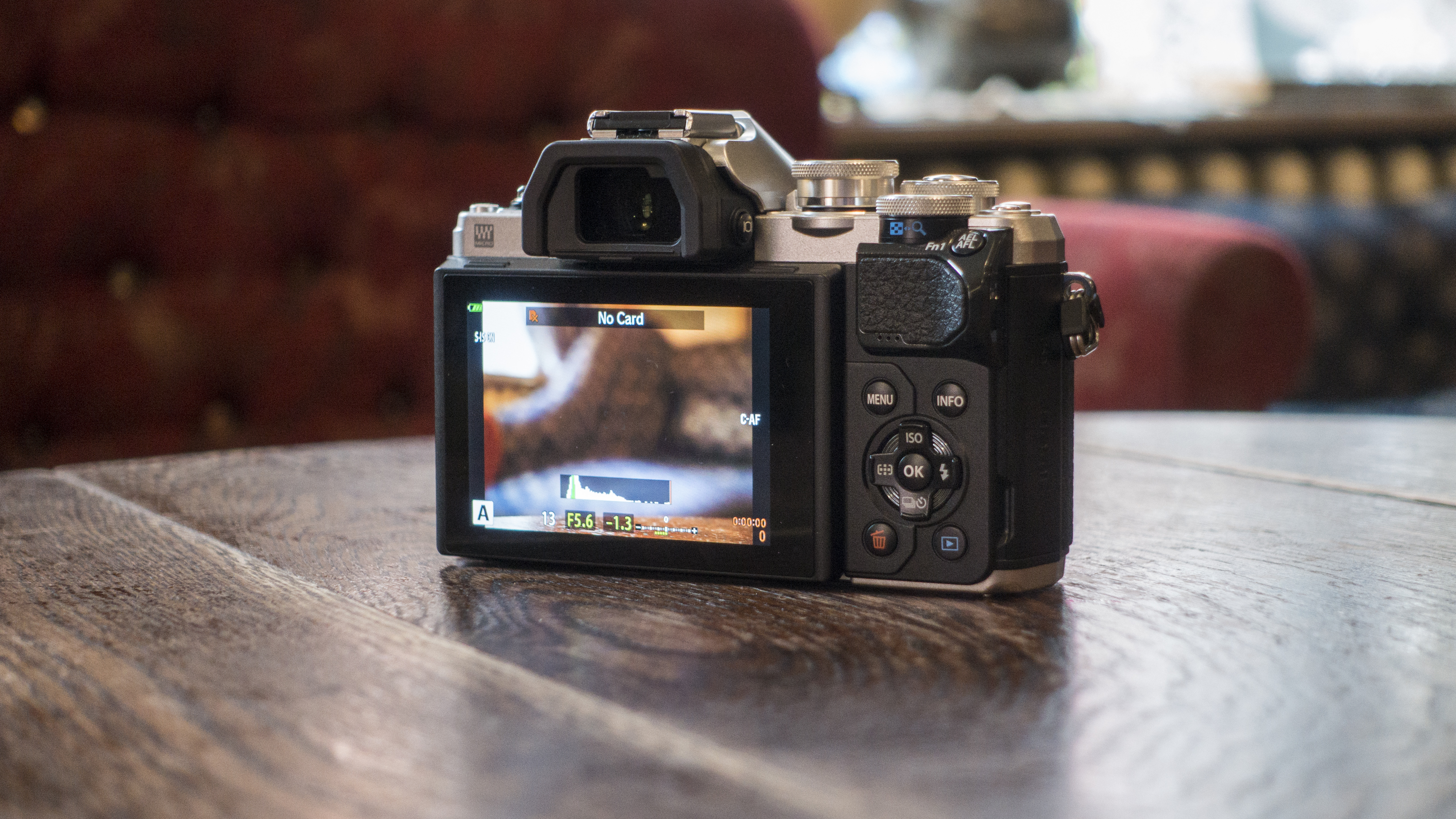
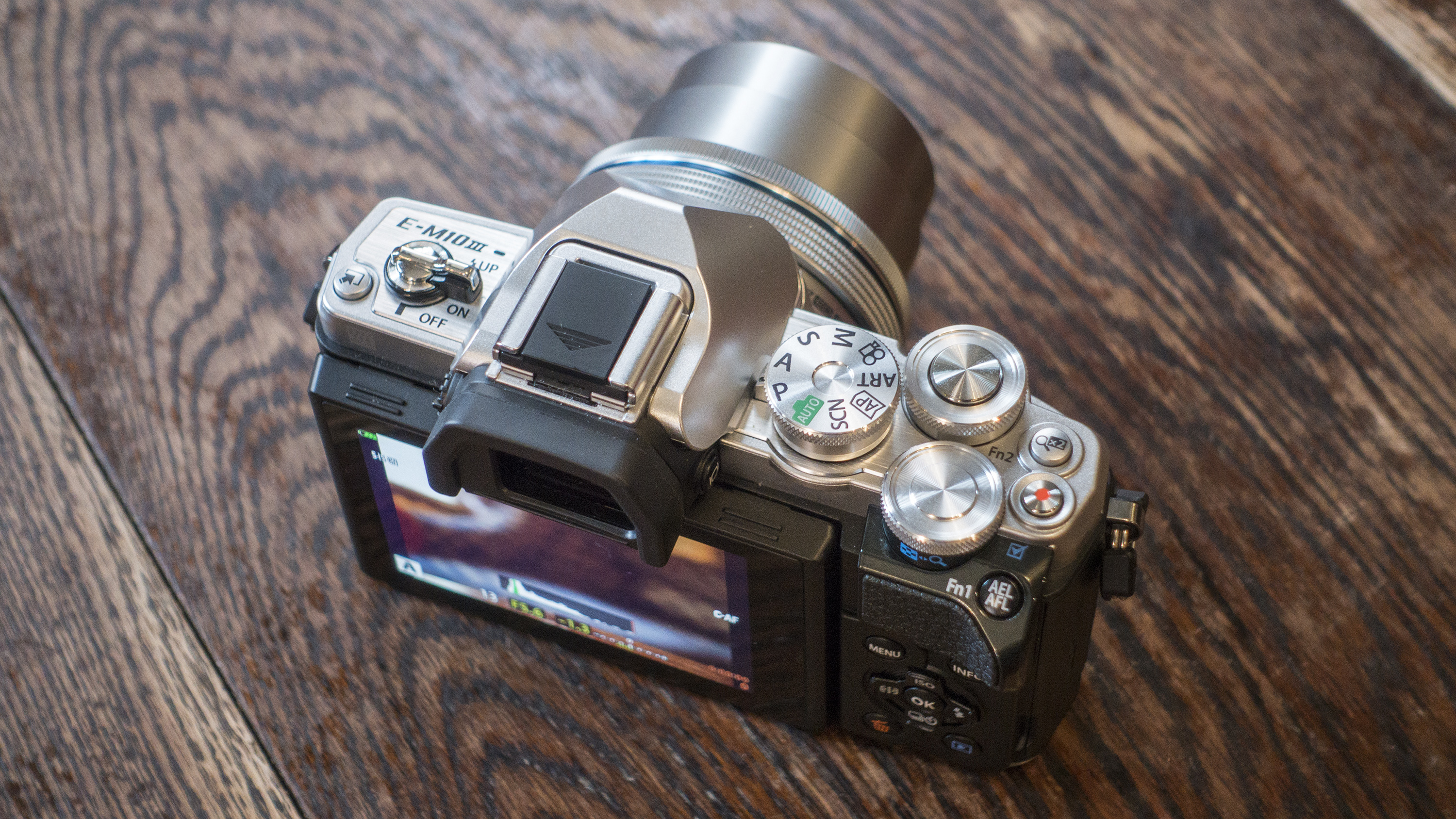
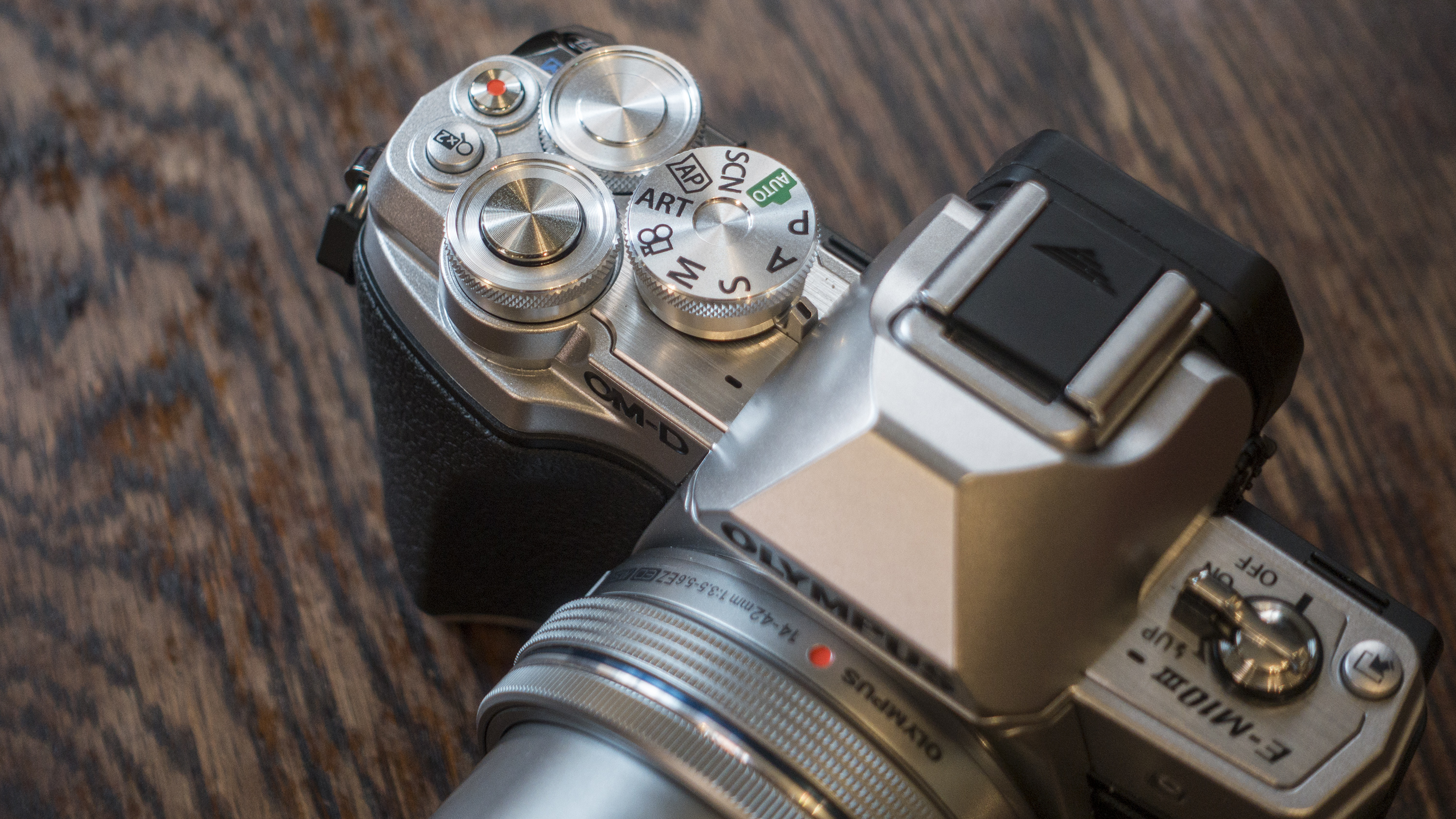
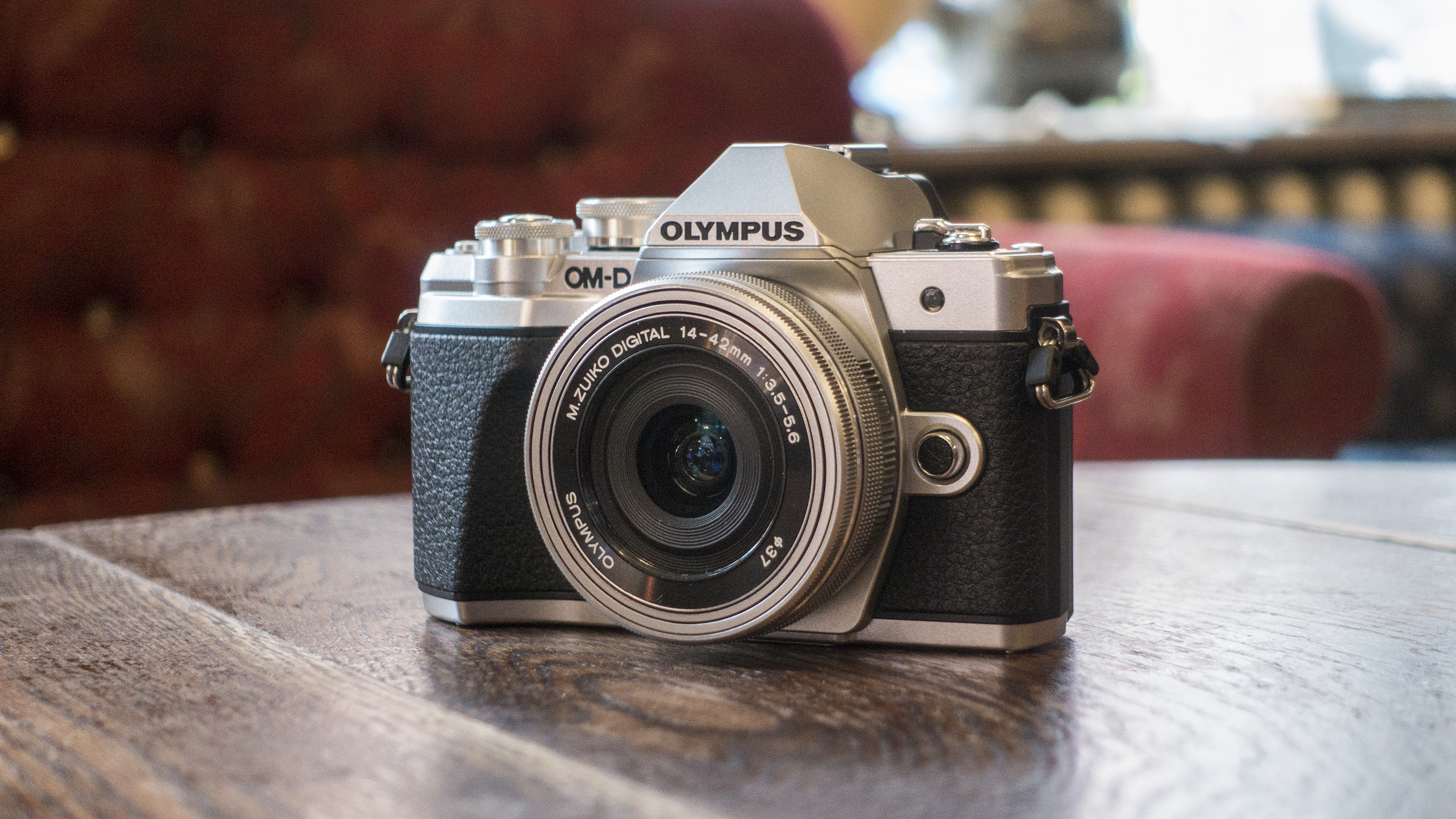
One notable update is to the E-M10 Mark III's video capabilities, with the new camera able to shoot 4K video footage at up to 30fps, while it's also possible to shoot Full HD footage at 60fps.
Olympus has also overhauled the E-M10 Mark III's camera-assist shooting modes. iAuto mode becomes simply Auto, and promises to deliver sharper images in all scenarios, while the Scene (SCN) mode has been upgraded.
There's also now a Advanced Photo (AP) mode, allowing photographers to fine-tune images, as well as use the likes of Live Composite and Multiple Exposure without the need to dive into the camera's main menu.
Finally, the E-M10 Mark III's Art Filter (ART) collection grows to 15 with the arrival of a new Bleach Bypass effect.
Phil Hall is an experienced writer and editor having worked on some of the largest photography magazines in the UK, and now edit the photography channel of TechRadar, the UK's biggest tech website and one of the largest in the world. He has also worked on numerous commercial projects, including working with manufacturers like Nikon and Fujifilm on bespoke printed and online camera guides, as well as writing technique blogs and copy for the John Lewis Technology guide.
